The Birth Of A Hurricane: How Hurricanes Form

The Birth of a Hurricane: How Hurricanes Form
Introduction
Hurricanes are one of the most destructive and awe-inspiring natural phenomena on Earth. A hurricane is a giant and powerful storm system that forms over warm ocean waters, typically in the Atlantic Ocean and the Pacific Ocean. Hurricanes can cause significant damage to coastal cities and communities, including high winds, heavy rain, storm surge, and flooding. Understanding how hurricanes form is crucial for individuals and communities living in hurricane-prone areas to prepare and protect themselves from the impacts of these storms.
The Formation of a Hurricane

Warm Ocean Waters
The formation of a hurricane begins with warm ocean waters. Hurricanes require warm ocean water temperatures of at least 80°F (27°C) to develop and strengthen. Warm water provides the energy that fuels the storm, causing it to grow stronger and more powerful as it moves across the ocean.
Buoyancy and Instability
As the warm ocean water heats the air above it, the air becomes buoyant and rises. As the air rises, it cools and condenses, forming clouds. This process creates instability in the atmosphere, which helps to create the perfect conditions for a hurricane to form.
Low-Pressure System
A low-pressure system is a key ingredient in the formation of a hurricane. It is an area of atmospheric pressure that is lower than the surrounding air. The combination of warm ocean water and a low-pressure system creates a perfect environment for a hurricane to develop.
The Eye of the Hurricane

The Eye Wall
The eye wall is the most intense part of a hurricane. It is a ring of thunderstorms surrounding the eye of the storm and is where the most dangerous winds and heaviest rain occur. The eye wall is where the strongest updrafts and downdrafts exist, which help to create and maintain the hurricane’s circulation.
The Eye
The eye of the hurricane is a relatively calm area in the center of the storm. The air in the eye sinks, creating a clear area with light winds and blue sky. Despite its calm appearance, the eye is surrounded by the dangerous eye wall, and it is important not to be fooled into thinking that the worst of the storm has passed when you are in the eye of the hurricane.
Hurricane Categories
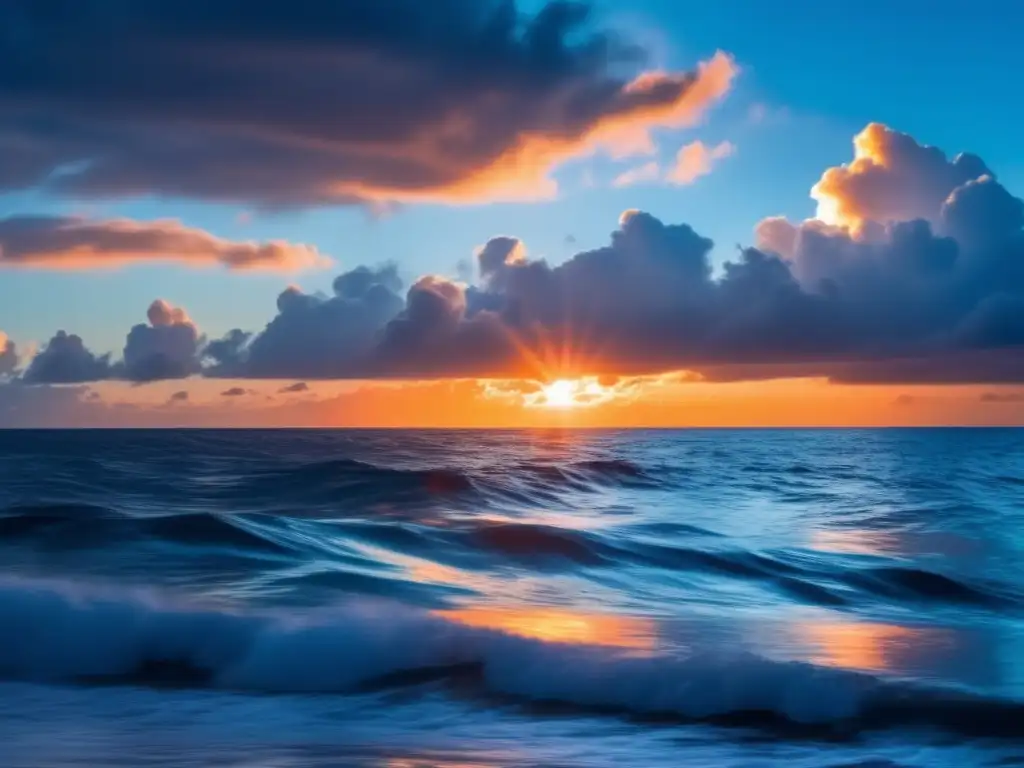
Category 1 Hurricanes
Category 1 hurricanes have sustained wind speeds of 74-95 mph (119-153 km/h), and minimal damage is expected. These hurricanes may cause some damage to roofs, shingles, gutters, siding, and trees, but it is generally limited to minor damage.
Category 2 Hurricanes
Category 2 hurricanes have sustained wind speeds of 96-110 mph (154-177 km/h) and moderate damage is expected. These hurricanes are capable of causing significant damage to roofs, windows, doors, and vehicles, as well as uprooting trees and causing power outages.
Category 3 Hurricanes
Category 3 hurricanes have sustained wind speeds of 111-129 mph (178-208 km/h), and extensive damage is expected. These hurricanes can cause catastrophic damage to homes, buildings, roads, and bridges, as well as widespread power outages and flooding.
Category 4 Hurricanes
Category 4 hurricanes have sustained wind speeds of 130-156 mph (209-251 km/h), and catastrophic damage is expected. These hurricanes are capable of causing extreme damage to homes, buildings, roads, and bridges, as well as widespread power outages and flooding that could last for weeks or months.
Category 5 Hurricanes
Category 5 hurricanes have sustained wind speeds of 157 mph (252 km/h) or higher, and catastrophic damage is expected. These hurricanes can completely destroy homes, buildings, roads, and bridges, as well as cause widespread power outages and flooding that could last for weeks or months.
Hurricane Watch vs. Hurricane Warning
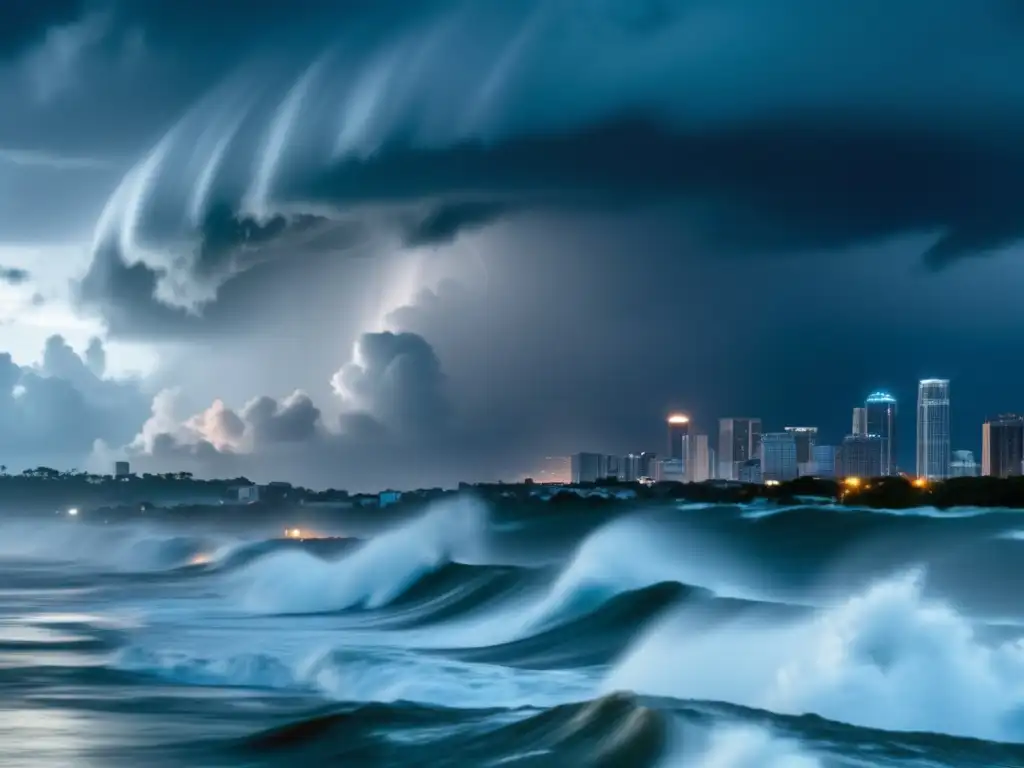
Hurricane Watch
A hurricane watch means that hurricane conditions are possible in the next 48 hours. During a hurricane watch, individuals and communities should prepare for a possible evacuation, secure their homes and belongings, and stay tuned to local weather updates.
Hurricane Warning
A hurricane warning means that hurricane conditions are expected in the next 36 hours. During a hurricane warning, individuals and communities should complete all necessary preparations and evacuate if directed to do so by local authorities.
Frequently Asked Questions

-
How do hurricanes get their names?
Hurricanes are named using a predetermined list of names that rotate every six years. The names are assigned alphabetically, alternating between male and female names. If a hurricane causes significant damage, its name may be retired and replaced with a new name.
-
Can hurricanes form outside of hurricane season?
While most hurricanes form during the Atlantic hurricane season, which runs from June to November, they can form outside of this season if the conditions are right. The Pacific hurricane season runs from May to November.
-
What should I do to prepare for a hurricane?
To prepare for a hurricane, individuals should have an emergency plan in place, secure their home and belongings, gather necessary supplies, and stay informed about local weather updates and evacuation orders.
-
What is storm surge?
Storm surge is a rise in sea level that occurs during a hurricane, caused by the winds of the storm pushing water onto the shore. Storm surge can cause dangerous flooding in coastal areas.
-
How long do hurricanes last?
Hurricanes can last from a few days to several weeks, depending on the strength of the storm and its path.
Conclusion
Understanding how hurricanes form is crucial for individuals and communities living in hurricane-prone areas to prepare and protect themselves from the impacts of these powerful storms. By understanding the basic science behind hurricanes, we can better prepare for the safety of ourselves, our families, and our communities. We encourage readers to stay informed and take necessary precautions during hurricane season and beyond.
Finally, we invite readers to engage with HurricaneInsider.org by sharing their thoughts in the comments section, subscribing for regular updates, and sharing articles on social media to help spread important and valuable information about hurricanes.
Additional Resources

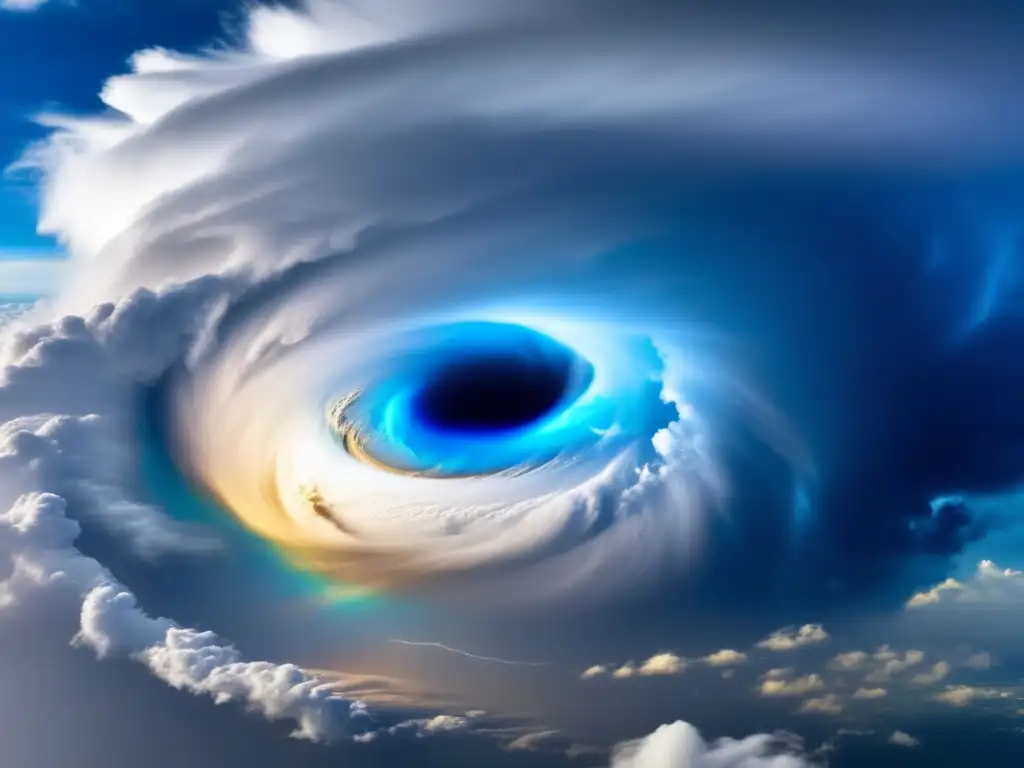 Eye Of The Storm: What Happens Inside A Hurricane's Eye
Eye Of The Storm: What Happens Inside A Hurricane's Eye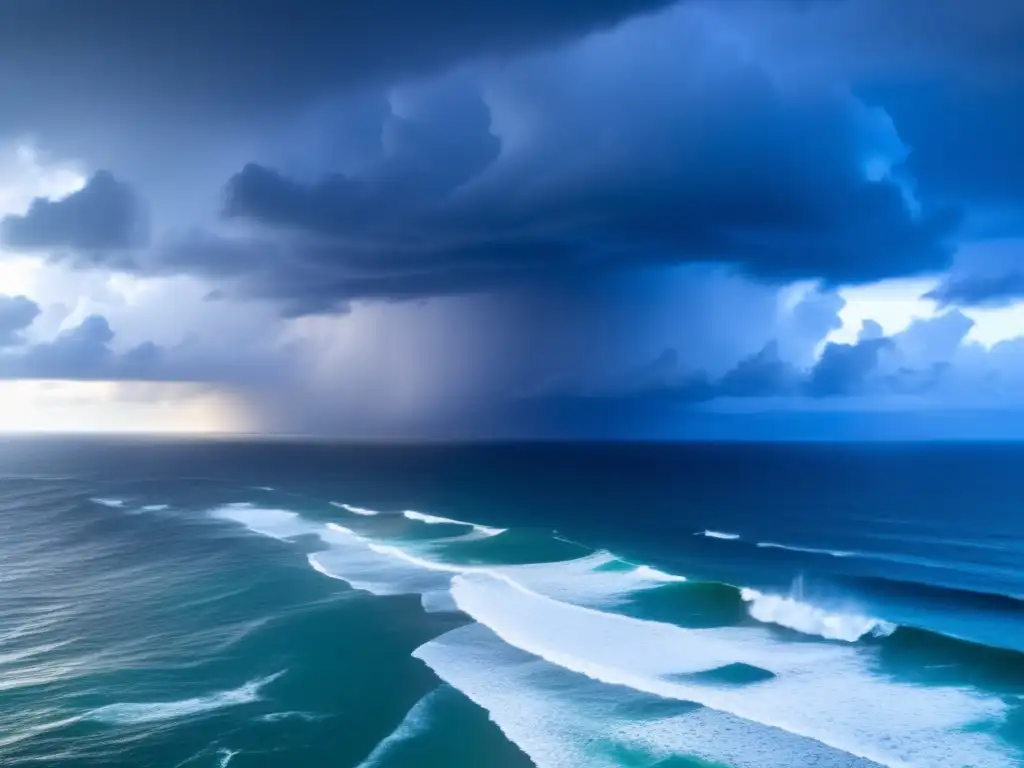 Wind Patterns And Hurricanes: An In-depth Look
Wind Patterns And Hurricanes: An In-depth Look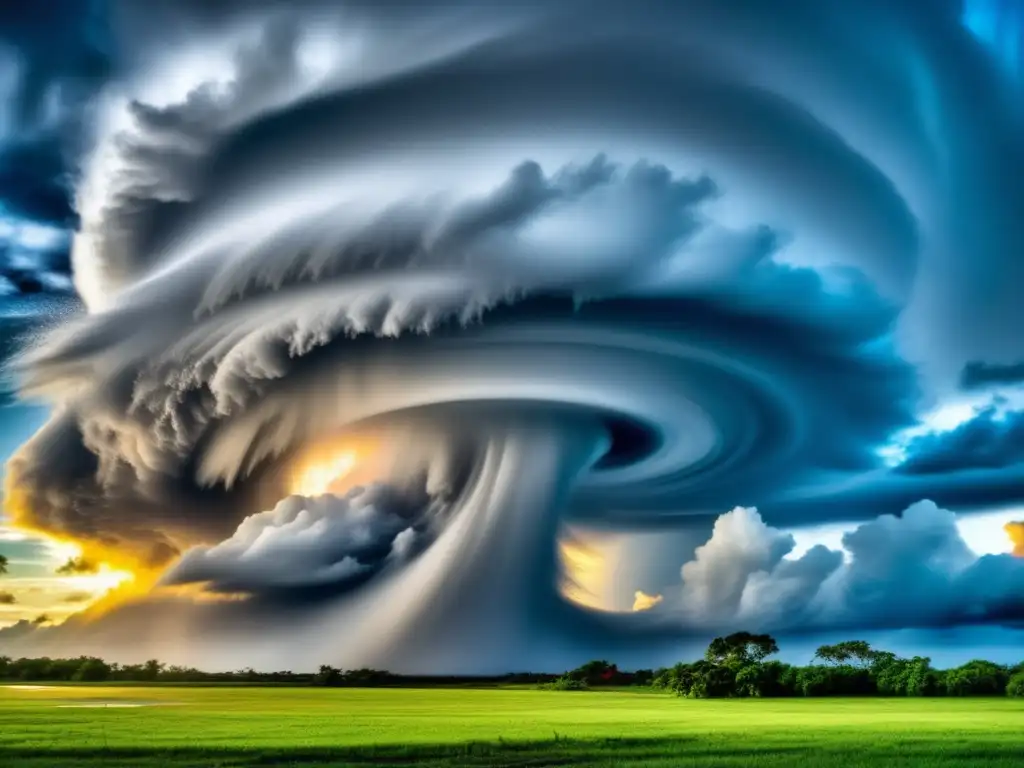 Understanding The Saffir-Simpson Hurricane Wind Scale
Understanding The Saffir-Simpson Hurricane Wind ScaleIf you want to discover more articles similar to The Birth Of A Hurricane: How Hurricanes Form, you can visit the Basic knowledge about hurricanes: category.
Leave a Reply

Articulos relacionados: